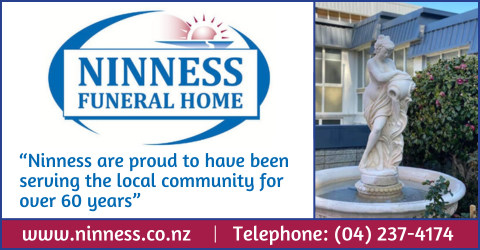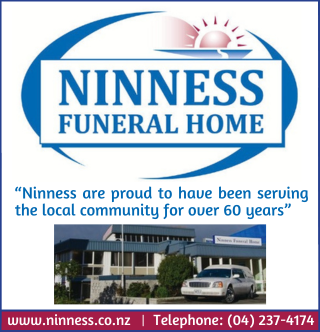
Opinion Piece by Horowhenua Mayor Bernie Wanden
Like many regions across Aotearoa, Horowhenua is grappling with a shortage of affordable housing, particularly smaller one- and two-bedroom dwellings and universally designed (mobility) homes. Limited availability poses challenges for first home buyers, downsizing retirees and those with moderate incomes looking for suitable living spaces.
The housing crunch isn’t a new issue; it’s a global challenge contributing to New Zealand’s overall cost of living crisis. Decent, affordable housing is crucial for people’s wellbeing, yet cities worldwide are struggling to meet the housing needs of their citizens, while keeping costs in check for low and middle-income earners.
So, what’s the remedy for our local housing gridlock? There’s no easy answer, but it’s clear that doing the same old things won’t yield new results. Councils must broaden their thinking, get creative, and adapt to the evolving needs of communities while considering population growth.
At Horowhenua District Council we believe that a local housing strategy is essential, linking housing outcomes to economic and social benefits, while tying them to transport, environmental sustainability, and infrastructure goals. While Council can’t boost household incomes, it can play a crucial role in enabling the construction of more affordable homes, optimising consenting processes, and fine-tuning policies.
To achieve this, we need more space for affordable housing options and a shift in the narrative to make land more readily available for building, buying, and renting homes that suit our communities needs. Leading a complex system requires a clear strategic vision, long term objectives, and effective plans, all of which were considered in 2019 pre pandemic through the Housing Action Plan.
Is affordable housing really a thing, or are we talking about housing affordability? Affordable housing relates to the available stock meeting demand at an affordable market price, while housing affordability considers households’ capacity to cover housing costs while meeting other basic living expenses.
Council’s ability to enable tangible outcomes is focused on encouraging affordable housing as we believe this is where we can provide the greatest impact.
Adding to the complexity of the housing equation is population growth. Projections indicate that the Horowhenua District Council will continue growing at a 1.5% annually until 2030 and then carry on increasing by over 2%, with the completion of the Ōtaki to North of Levin (Ō2NL) Highway making our district even more attractive. As the local economy grows, so does the appeal of living and working here, putting extra pressure on housing.
While Council welcomes this growth, it’s clear that effective leadership from Council is crucial in managing this growth. To this end Council has just completed a rapid review of the 2019 Housing Action Plan with a view to refocusing the effort on those areas of the affordable housing challenge that can provide the greatest impact in the short to medium term. The aim of the revision was to establish a clear link to Council’s role as an enabler and influencer to utilise partnerships, develop initiatives and free up land previously identified for disposal, to generate opportunities for the development of affordable housing across our district. The integration and streamlining of consenting and approval processes are high on the agenda within the new framework, as both Council performance and government policy are key contributors to the provision of affordable housing opportunities.
Council remains motivated and invested in providing avenues and opportunities to support and encourage developments across our district to create opportunities that support the Housing Action Plan’s vision of providing ‘Homes for All.’
Mayor Bernie Wanden
Horowhenua District Council

































